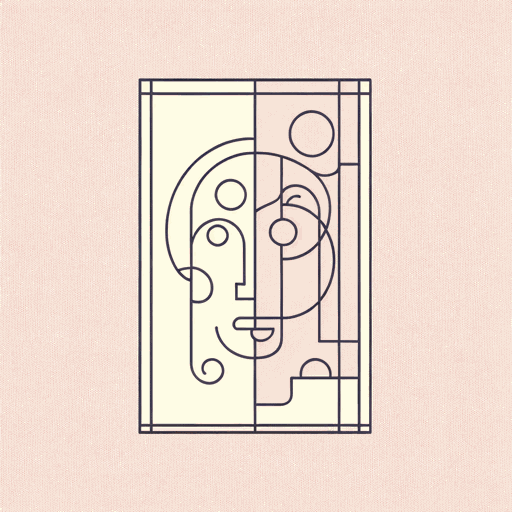38 pages • 1 hour read
John GuareSix Degrees of Separation
Fiction | Play | Adult | Published in 1990A modern alternative to SparkNotes and CliffsNotes, SuperSummary offers high-quality Study Guides with detailed chapter summaries and analysis of major themes, characters, and more.
Symbols & Motifs
The Kandinsky Painting
The Kandinsky painting, double-sided with a “geometric and somber” side and a “wild and vivid” (3) side, represents human duality and a “double-sided” approach to life. It is particularly representative of Paul, as Paul has two sides to his character. When the audience and characters first meet him, he appears to be a “very preppy” young Harvard student in a “white Brooks Brothers shirt” (14). However, this is a front for a wilder, more vivid and vital side to his character that is slowly revealed as he is found sleeping with “hustlers” and going out partying. Paul also brings a wilder, more vivid aspect to the lives of the other characters, although it is only Ouisa who appreciates this, ultimately concluding that her time with Paul was a genuine, vital experience and wondering, “How do we keep the experience?” (118). In the very last line of the play, Paul reminds Ouisa that the Kandinsky painting is “painted on two sides” (120) and Ouisa “considers” and “smiles” (120), pleased to embrace a more vibrant side of life and thereby reinforcing the symbolic meaning of the painting. The painting can also be seen as representing the fact that the play itself is “double-sided,” functioning on one level as a


